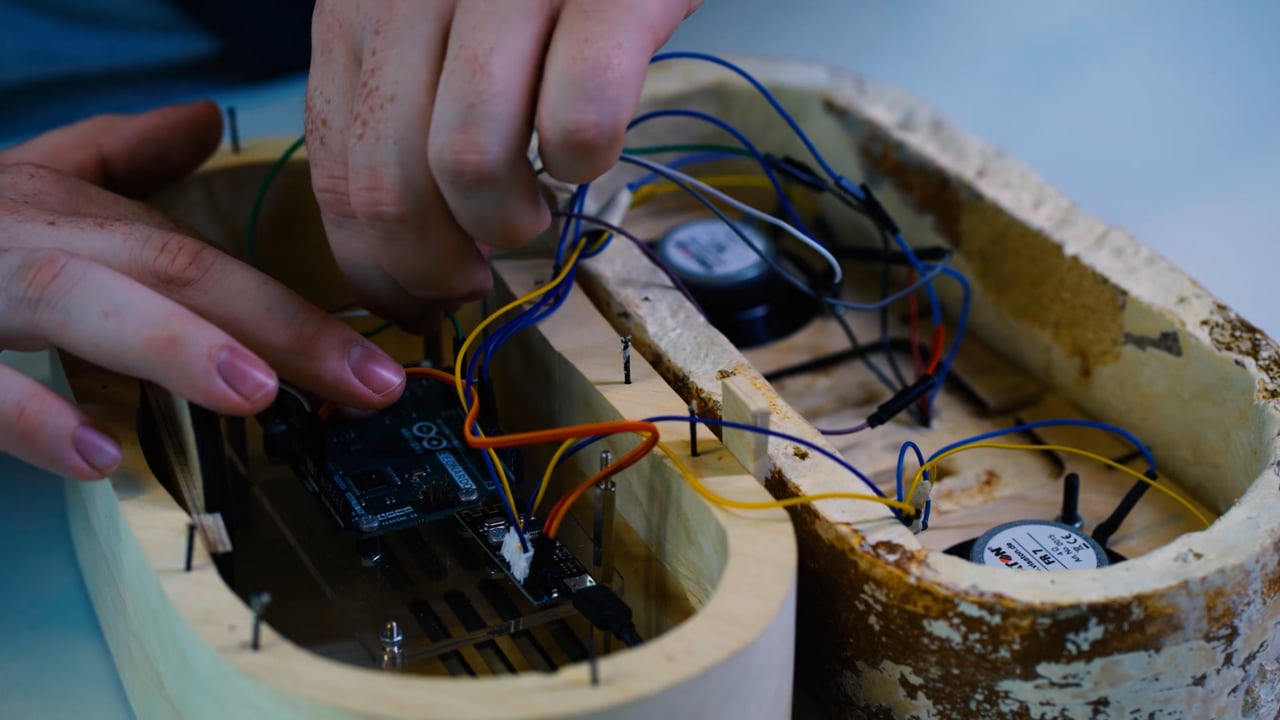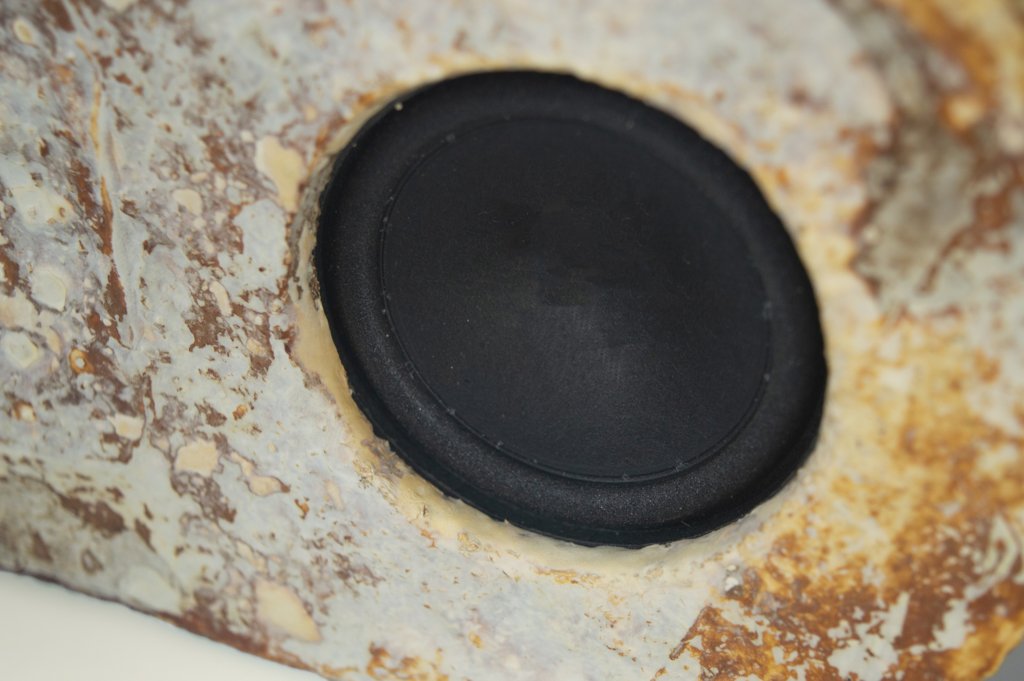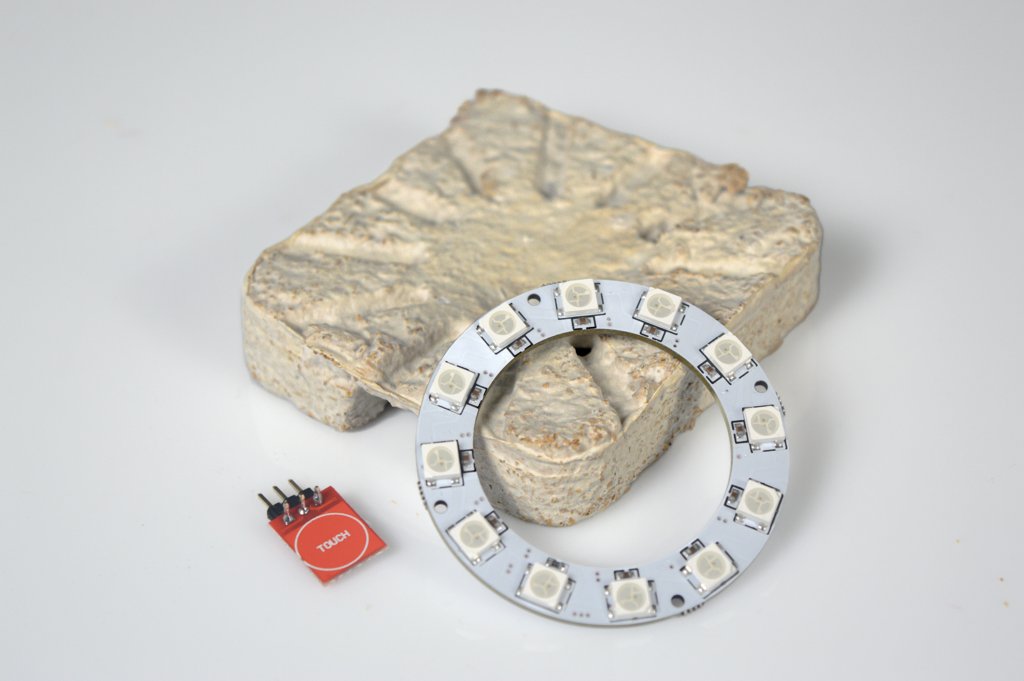MySpeaker

MySpeaker embodies the principles of Climate Futures Now by envisioning a future where biomaterials are valued, circularity is embraced, and design plays a crucial role in shaping a more sustainable planet. It serves as a demonstration of change, inspiring designers to think beyond the present and take action towards a more resilient and environmentally conscious future.
How do we make sure our products don’t outlive us?
The problem
Biomaterials have biological characteristics not found in traditional materials; they are biodegradable and have (almost) no impact on the climate. Sadly, biomaterials are seen as single-use alternatives rather than materials with their own strengths and potential for use in long-life products. They are mostly used as replacements for packaging materials. However, they also show potential for the design of interactive consumer products.
How can we ensure that biomaterials can be used similarly to the way we currently use traditional materials? What biomaterial characteristics can we benefit from in our designs?MySpeaker explores and demonstrates how biomaterials can be effectively used and maintained together with traditional and electronic materials in a circularly designed product.
The approach
By experimenting with mycelium-electronic combinations, our goal was to explore how this material could be used to create interactive products, replacing traditional materials. Mycelium, the root structure of fungi, can be grown around agricultural waste and other substrates to create a composite material. It can also be grown around LEDs, where it provides light-dimming properties, and around capacitive sensors to create mycelium touch buttons.
To demonstrate its potential, we created a Bluetooth Stereo speaker from wood and mycelium. The material’s acoustic and aesthetic properties are combined in a design that would otherwise use plastics and other impactful materials. In theory, the mycelium material can be repaired and maintained using repair kits and after its use-life, the material can be safely returned to nature where it biodegrades.
The impact
By envisioning a possible future where biomaterials are valued and utilized in a circular manner, MySpeaker serves as a tangible example of how we can create and maintain products for long use that don’t have to outlive the user.
The design shows that we can use lower-impact materials for the same purpose as more finite harmful materials. For example, MySpeaker utilizes the acoustic absorption qualities of the mycelium to improve sound quality. In current speakers, this is achieved with harmful synthetic foams that cannot be returned to nature.
MySpeaker is a call to designers: envision a future where biomaterials are valued, circularity is embraced, and design plays a crucial role in shaping a more sustainable planet.


Share
Contacts
- -Kyenno Scheepersk.s.f.a.scheepers@student.tue.nl



